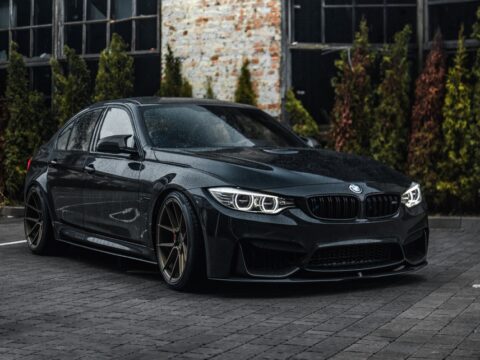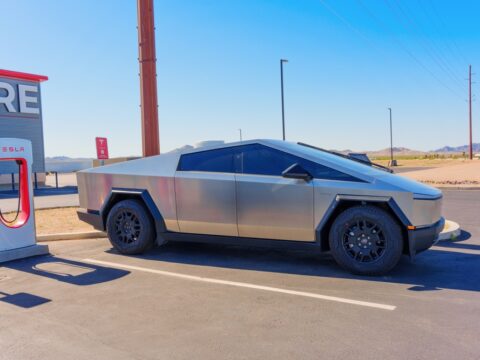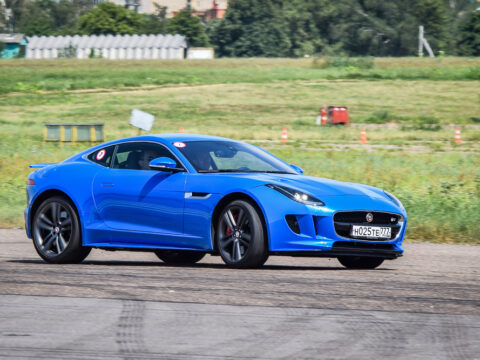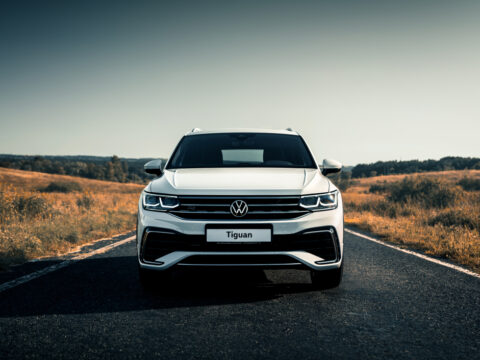When it comes to cars, not all models are created equal. Over the years, the automotive industry has seen its fair share of flops—vehicles that missed the mark in terms of design, performance, and reliability. In this article, we delve into 18 automotive disasters that left drivers disappointed and car enthusiasts shaking their heads. From safety hazards to mechanical failures, these are the worst cars ever made.
Contents
Ford Pinto (1971-1980)
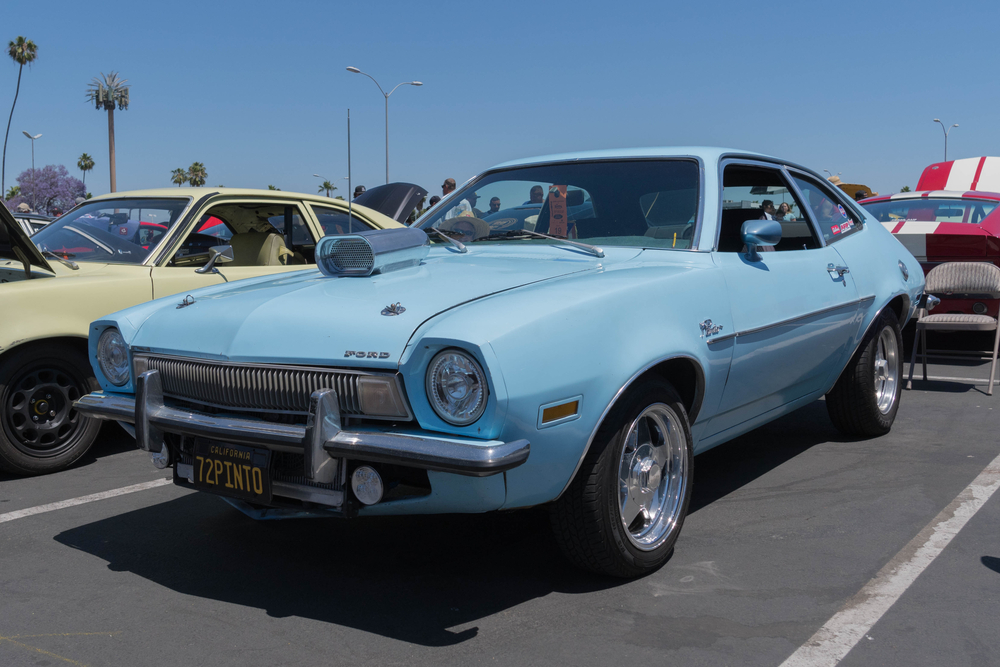
The Ford Pinto is infamous for its poorly designed fuel tank, which was prone to rupturing and catching fire in rear-end collisions. Despite being a compact car with decent fuel economy, Pinto’s catastrophic safety flaw and Ford’s reluctance to address the issue promptly led to numerous lawsuits and a severely tarnished reputation.
Yugo GV (1985-1992)
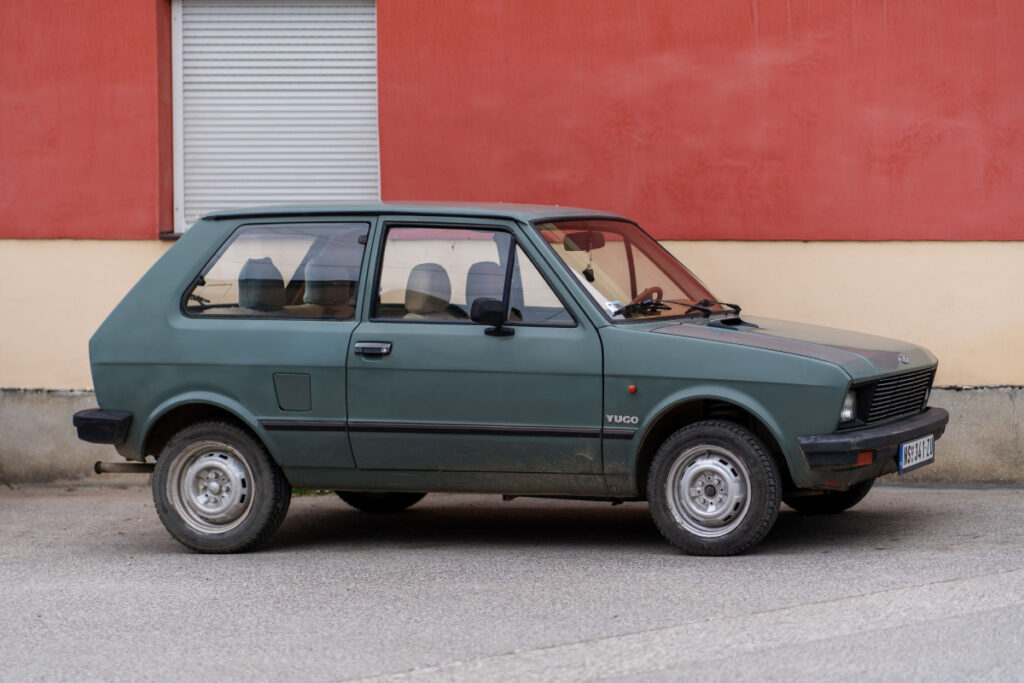
The Yugo GV, a subcompact car from Yugoslavia, quickly gained a reputation for being one of the most unreliable cars ever sold in the U.S. Its build quality was abysmal, with frequent mechanical failures and a notoriously weak engine, making it a symbol of poor automotive engineering.
AMC Gremlin (1970-1978)

The AMC Gremlin was introduced as a quirky, subcompact car, but it quickly became known for its unattractive design and subpar performance. The Gremlin’s limited space, odd proportions, and frequent mechanical issues made it a laughingstock in the automotive world.
Pontiac Aztek (2001-2005)

The Pontiac Aztek is often cited as one of the ugliest cars ever made. Its awkward, bulky design and lackluster performance failed to attract buyers. Despite some innovative features like a built-in cooler and tent, its poor sales and negative reception led to its early demise.
Chevrolet Vega (1971-1977)
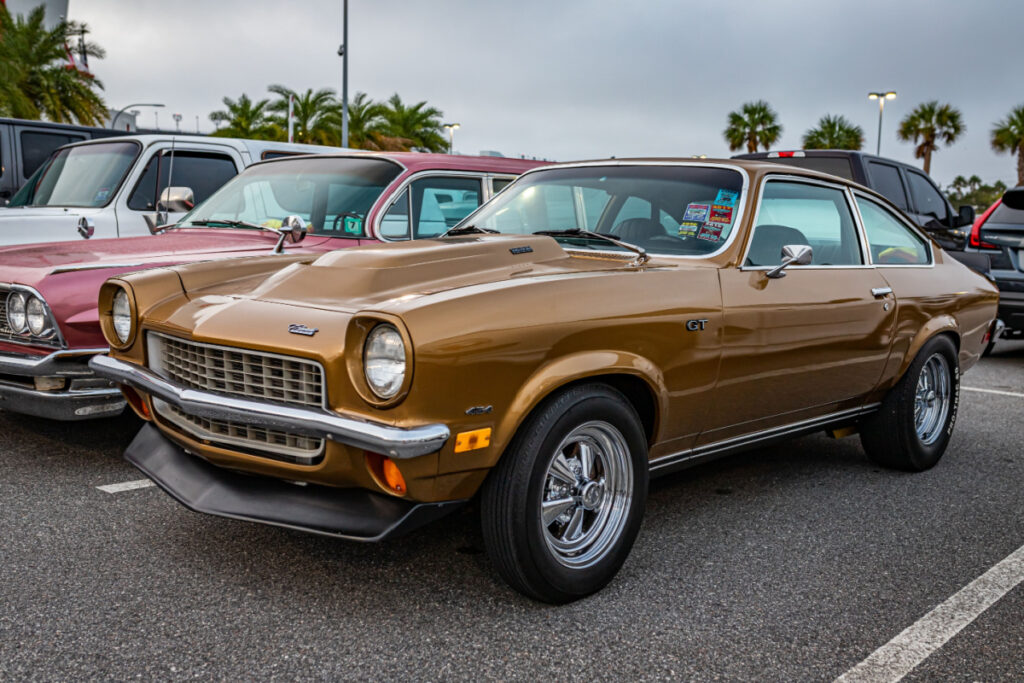
The Chevrolet Vega suffered from severe rust issues and an engine prone to overheating and premature failure. While it initially received praise for its styling and handling, the Vega’s long-term reliability problems overshadowed any positive attributes.
Ford Edsel (1958-1960)
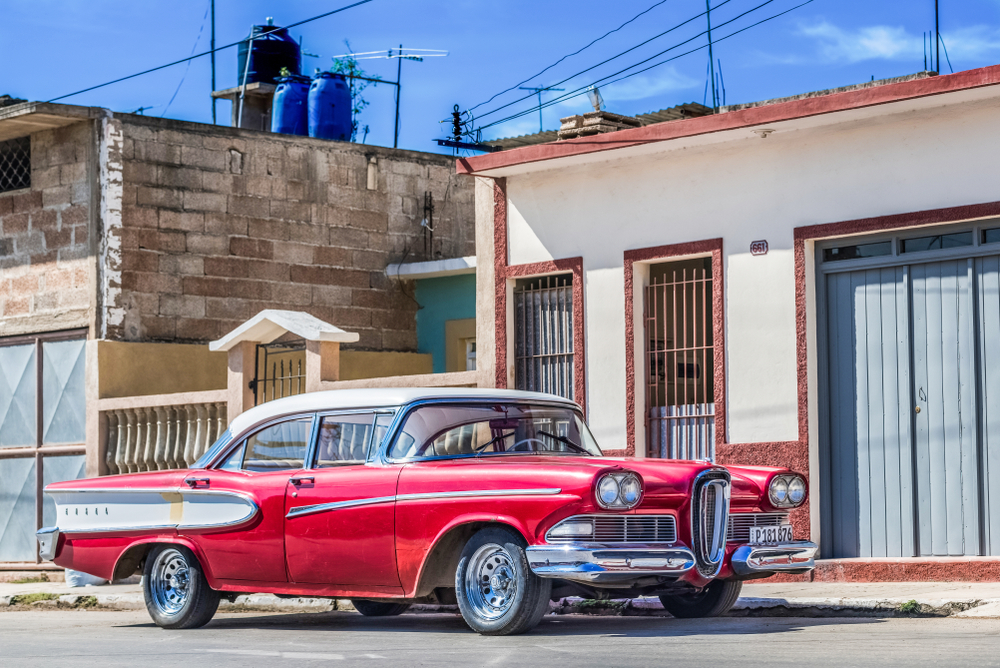
The Ford Edsel is a textbook example of a marketing disaster. Launched with much hype, it featured a polarizing design and numerous mechanical issues. The Edsel’s poor sales and the massive financial losses for Ford led to its discontinuation after only three years.
DeLorean DMC-12 (1981-1983)
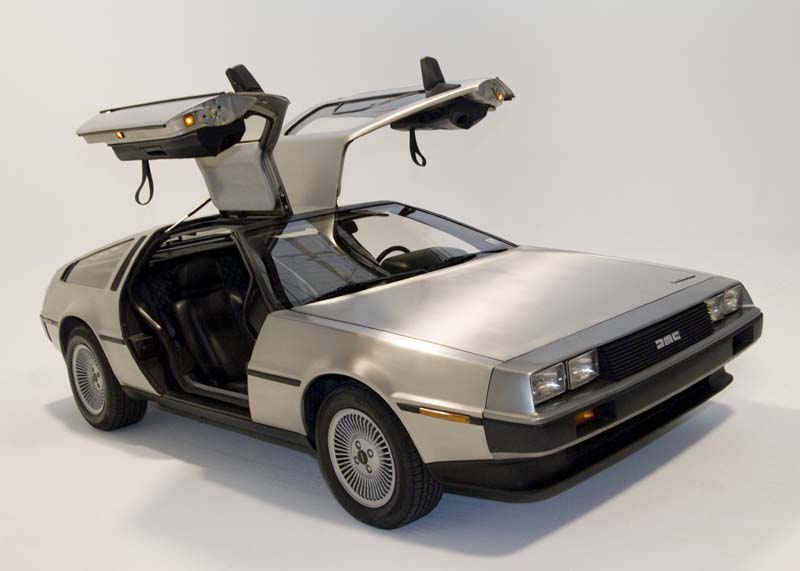
The DeLorean DMC-12, famous for its role in the “Back to the Future” films, was plagued by poor build quality, underwhelming performance, and reliability issues. Despite its iconic gull-wing doors and stainless steel body, the DeLorean failed to meet the expectations of its buyers.
Chevrolet Corvair (1960-1969)

The Chevrolet Corvair became infamous after Ralph Nader’s book “Unsafe at Any Speed” highlighted its dangerous handling characteristics. The rear-engine design led to severe oversteer, making it difficult to control and leading to numerous accidents.
Renault Le Car (1976-1983)
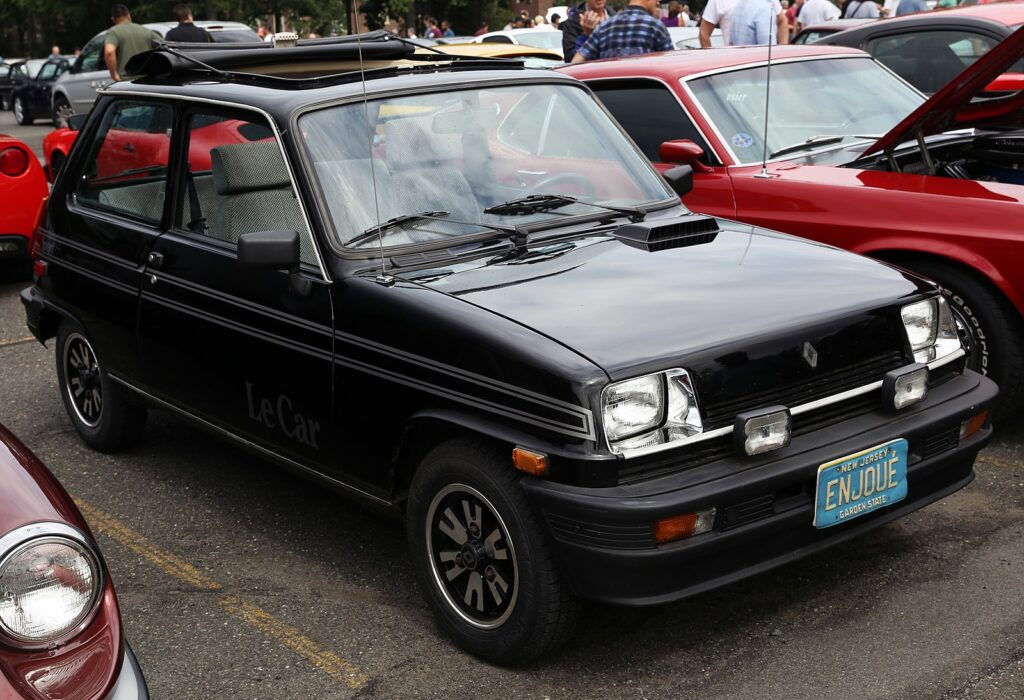
The Renault Le Car, a U.S. version of the Renault 5, struggled with poor build quality and reliability issues. Despite its compact size and fuel efficiency, it was unable to compete in the U.S. market due to frequent mechanical failures and a lack of power.
Cadillac Cimarron (1982-1988)
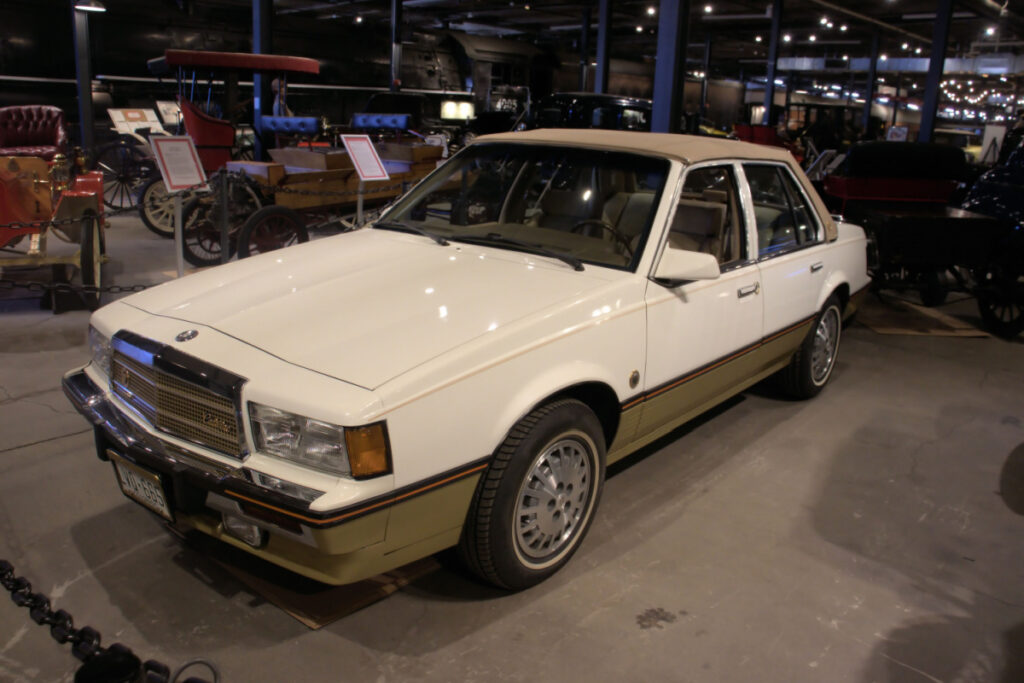
The Cadillac Cimarron was essentially a rebadged Chevrolet Cavalier, marketed as a luxury car. It failed to meet Cadillac’s luxury standards, offering little differentiation from the much cheaper Cavalier, leading to poor sales and damaging Cadillac’s reputation.
Suzuki X-90 (1996-1998)
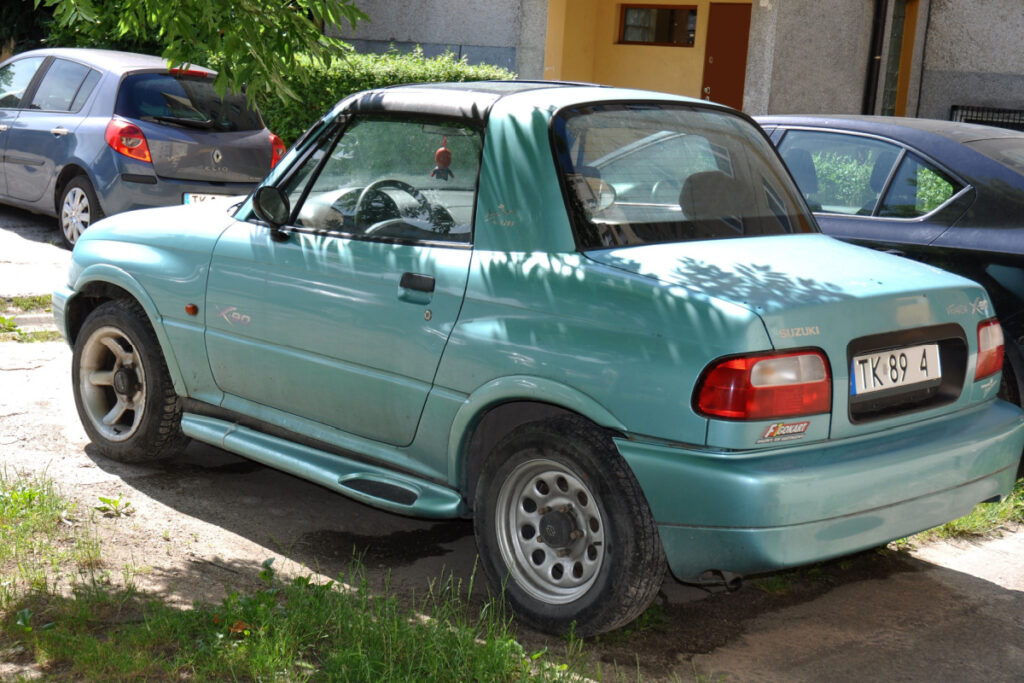
The Suzuki X-90 was a bizarre two-seater SUV with a removable T-top. Its odd design and lack of practicality led to poor sales. The X-90’s underpowered engine and cramped interior made it an impractical choice for most consumers.
Morris Marina (1971-1980)
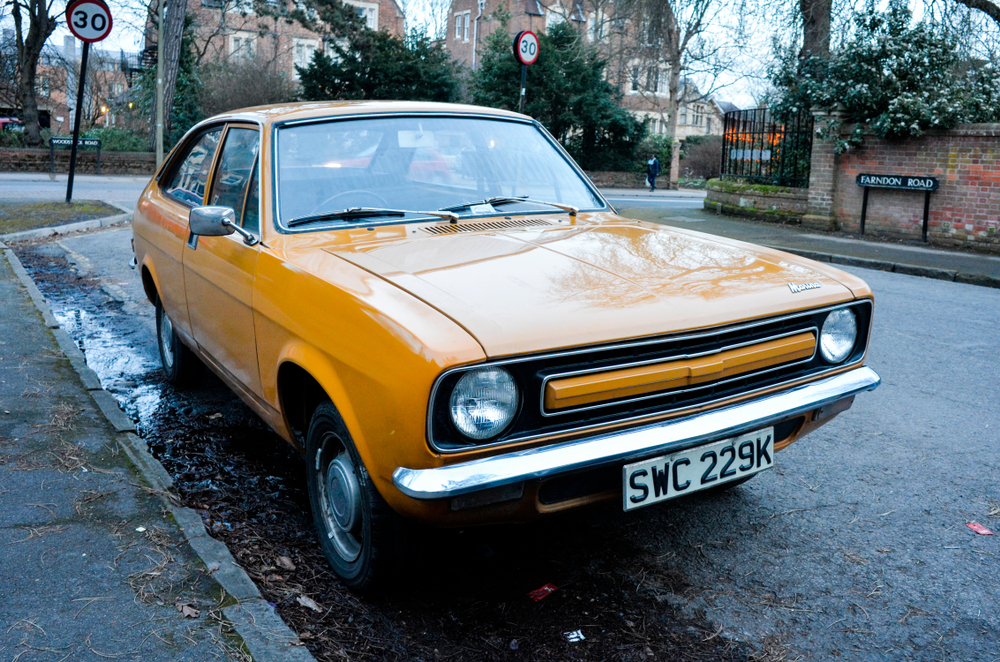
The Morris Marina was criticized for its uninspired design and poor handling. Built to compete with the Ford Escort, it failed to meet expectations due to frequent mechanical issues and a lack of refinement, making it one of Britain’s most ridiculed cars.
Austin Allegro (1973-1982)
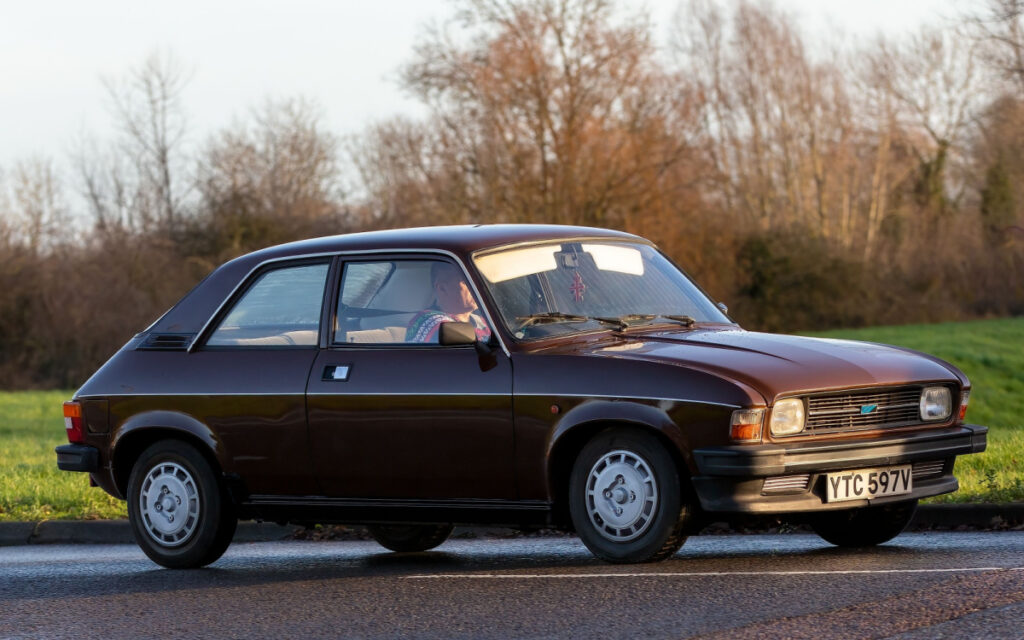
The Austin Allegro, with its infamous “quartic” steering wheel, suffered from numerous mechanical problems and a reputation for poor build quality. Its unattractive design and lack of reliability made it a symbol of the declining British automotive industry.
Jaguar X-Type (2001-2009)

The Jaguar X-Type was intended to compete in the compact executive car market but fell short due to its resemblance to the Ford Mondeo. Critics derided its lack of true Jaguar luxury and poor build quality. The X-Type’s 2.5L and 3.0L V6 engines offered decent performance, but its overall execution failed to meet expectations.
Peel Trident (1965-1966)
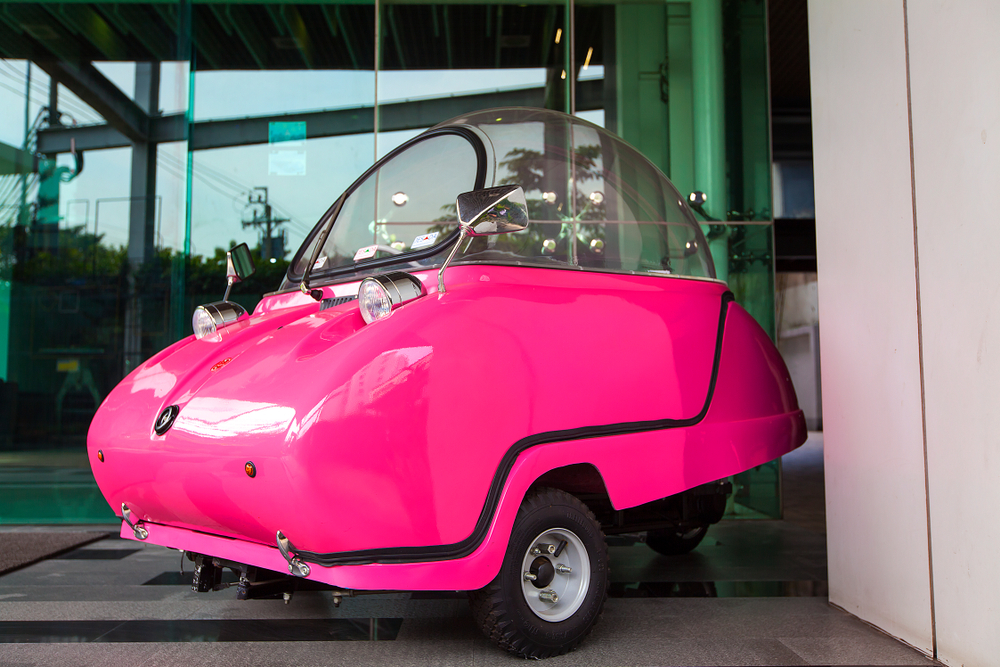
The Peel Trident, a tiny three-wheeled microcar, was impractical and lacked appeal. With a 50cc engine producing just 4.2 horsepower, it was slow and uncomfortable. Its bubble-like design and limited functionality made it more of a novelty than a practical vehicle.
Chevrolet SSR (2003-2006)

The Chevrolet SSR combined retro styling with a convertible pickup design, but its high price and limited utility led to poor sales. Despite its 5.3L and 6.0L V8 engines, the SSR’s impracticality and awkward appearance made it a commercial failure.
Lincoln Blackwood (2002)
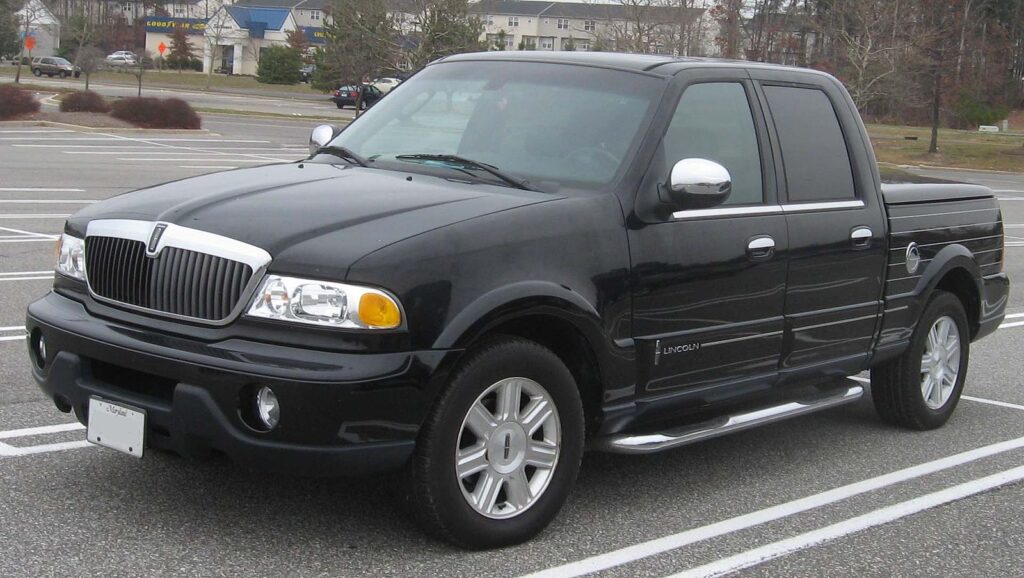
The Lincoln Blackwood was a luxury pickup that failed to resonate with consumers due to its high price and limited functionality. Its 5.4L V8 engine offered decent power, but the Blackwood’s small cargo bed and lack of practical features made it an impractical choice for most buyers.
Daihatsu Copen (2002-2012)
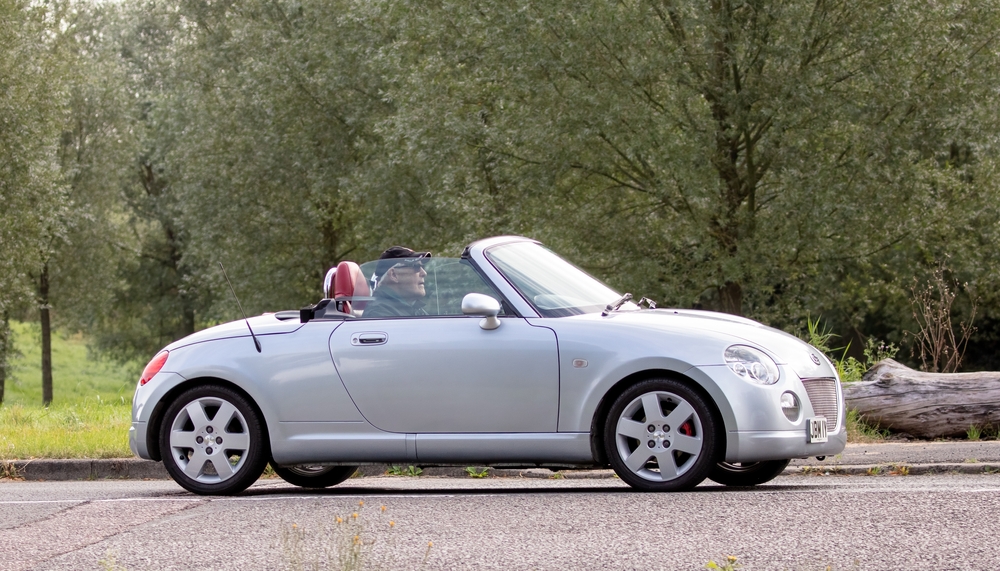
The Daihatsu Copen was a charming but underpowered convertible with a cramped interior. Its 660cc turbocharged engine produced only 63 horsepower, making it slow and unsuitable for highway driving. Despite its cute design, the Copen’s lack of practicality limited its appeal.
This article originally appeared in MyCarMakesNoise.
More from MyCarMakesNoise
20 Misconceptions About Sports Cars Debunked

Sports cars are often surrounded by myths and misconceptions that can mislead enthusiasts and casual observers alike. From assumptions about their performance to beliefs about their practicality, many of these ideas are far from the truth. Read More
Top 20 Motorcycles with Jaw-Dropping Torque

When it comes to motorcycles, nothing quite matches the thrill of raw, unbridled power. For those who crave a ride that delivers spine-tingling acceleration and breathtaking performance, torque is king. Read More
11 Ultimate Trucks for Thrilling Off-Road Adventures

There’s a thrilling allure to the untamed wild, where paved roads end and rugged trails begin. For those with a thirst for adventure and the unexplored, not just any vehicle will suffice. Enter the realm of off-road titans: trucks engineered to conquer the harshest terrains, from treacherous mountain passes to desolate desert dunes. Read More

